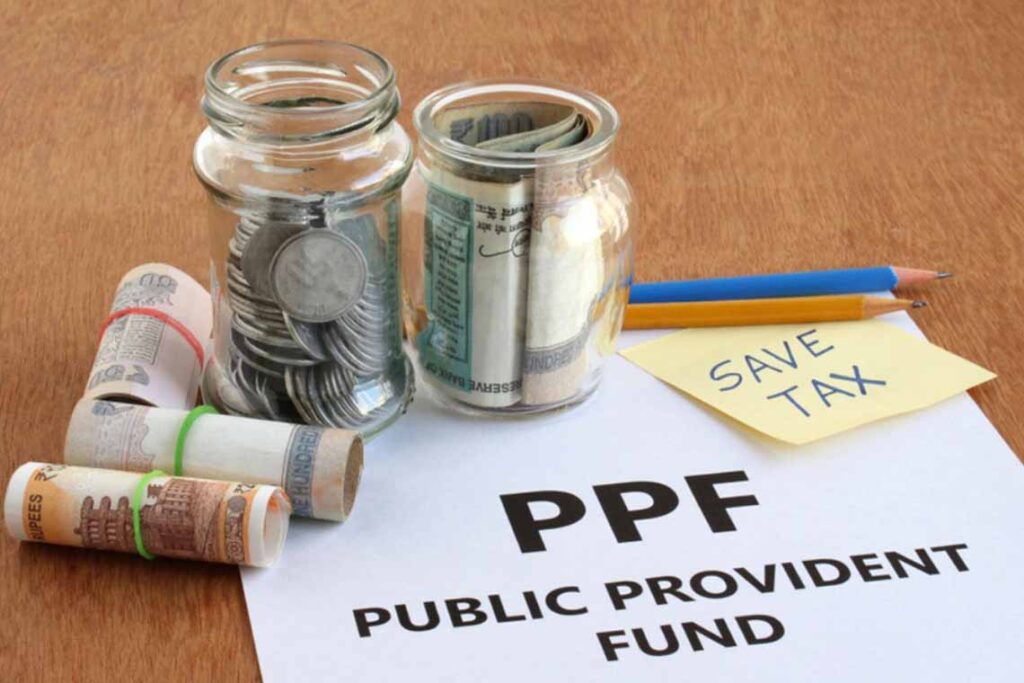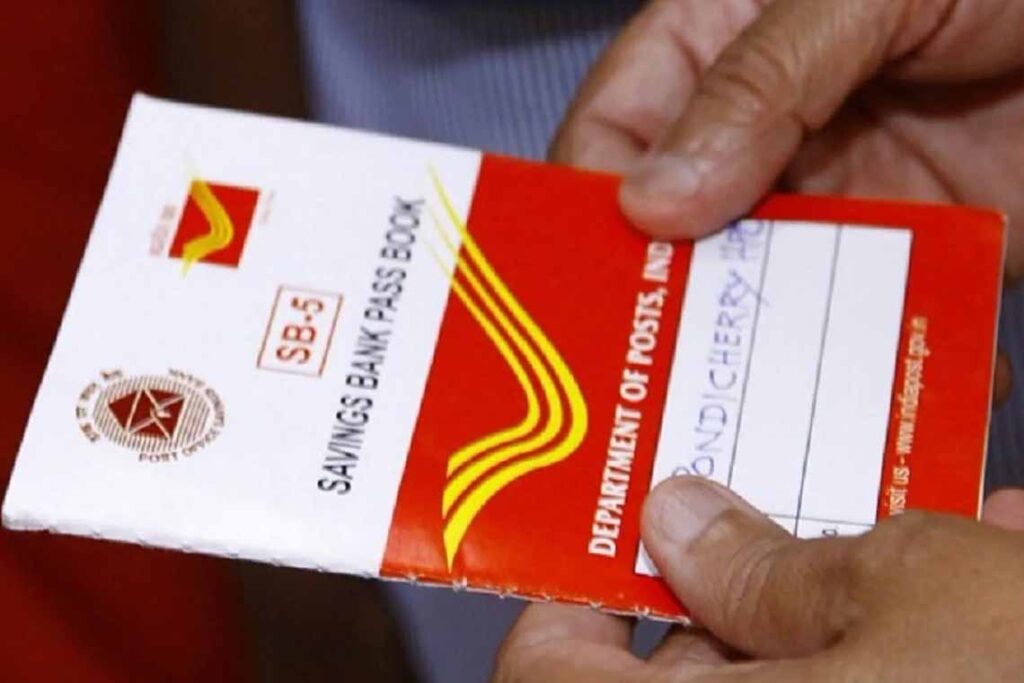Leave encashment refers to the amount received by an employee in exchange for unused leave balance at the time of retirement, resignation, or superannuation. The tax treatment of leave encashment is governed by Section 10(10AA) of the Income Tax Act, 1961, which provides exemptions for such payments.
Exemption under Section 10(10AA):
Exemption for Government Employees:
Leave encashment received by government employees (Central/State/Local Authority) is fully exempt from tax.
Exemption for Non-Government Employees:
For non-government employees, the exemption is limited to the least of the following:
- ₹25,00,000(maximum limit as per the Finance Act, 2023).
- Cash equivalent of unused leave balance(based on the average salary of the last 10 months).
- 10 months’ salary(based on the average salary of the last 10 months).
- Actual leave encashment received.
Summary of Exemptions:
| Employee Type | Exemption |
| Government Employees | Fully exempt |
| Non-Government Employees | Least of …
1. ₹25,00,000, 2. cash equivalent of unused leave, 3. 10 months’ salary, or 4. actual amount received |
Salary Calculation:
Salary includes basic salary, dearness allowance (if part of retirement benefits), and commission (if based on a fixed percentage of turnover).
It does not include allowances, perquisites, or bonuses.
Taxability of Excess Amount:
Any amount exceeding the exempted limit is taxable under the head “Income from Salaries”.
Unused Leave Balance:
The leave balance is calculated based on the number of days of leave earned by the employee as per the employer’s policy (usually 30 days per year).
Only earned leave (not casual or sick leave) is considered for encashment.
Example Calculation:
Case 1: Government Employee
- Leave encashment received: ₹15,00,000
- Taxability: Fully exempt(no tax).
Case 2: Non-Government Employee
- Average salary of the last 10 months: ₹1,00,000 per month
- Unused leave balance: 300 days
- Leave encashment received: ₹20,00,000
Exemption Calculation:
- Cash equivalent of unused leave: (300/30) × ₹1,00,000 = ₹10,00,000
- 10 months’ salary: 10 × ₹1,00,000 = ₹10,00,000
- Maximum exemption limit: ₹25,00,000
- Actual leave encashment received: ₹20,00,000
Exempted amount: Least of the above = ₹10,00,000
Taxable leave encashment: ₹20,00,000 – ₹10,00,000 = ₹10,00,000
Notes:1. Maximum Exemption Limit: o The maximum exemption limit for leave encashment is ₹25,00,000 (as per the Finance Act, 2023). This limit applies to the total leave encashment received during the employee’s entire career. 2. Leave Encashment During Service: o Leave encashment received during service (not at retirement) is fully taxable and does not qualify for any exemption under Section 10(10AA). 3. Family Members: o Leave encashment received by the family members of a deceased employee is also exempt under Section 10(10AA). 4. Multiple Employers: o If an employee has worked with multiple employers, the exemption limit of ₹25,00,000 applies to the aggregate leave encashment received from all employers. |











